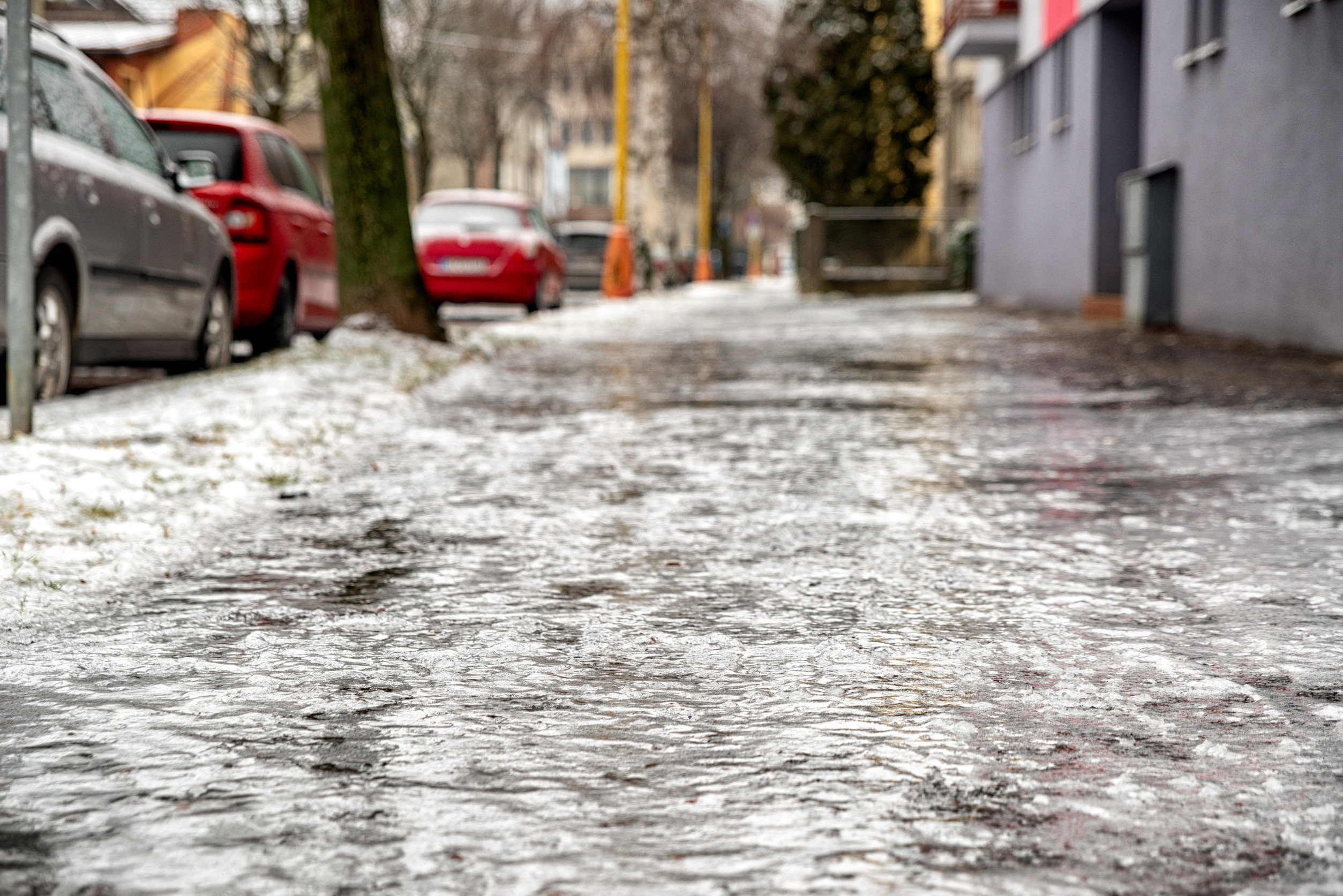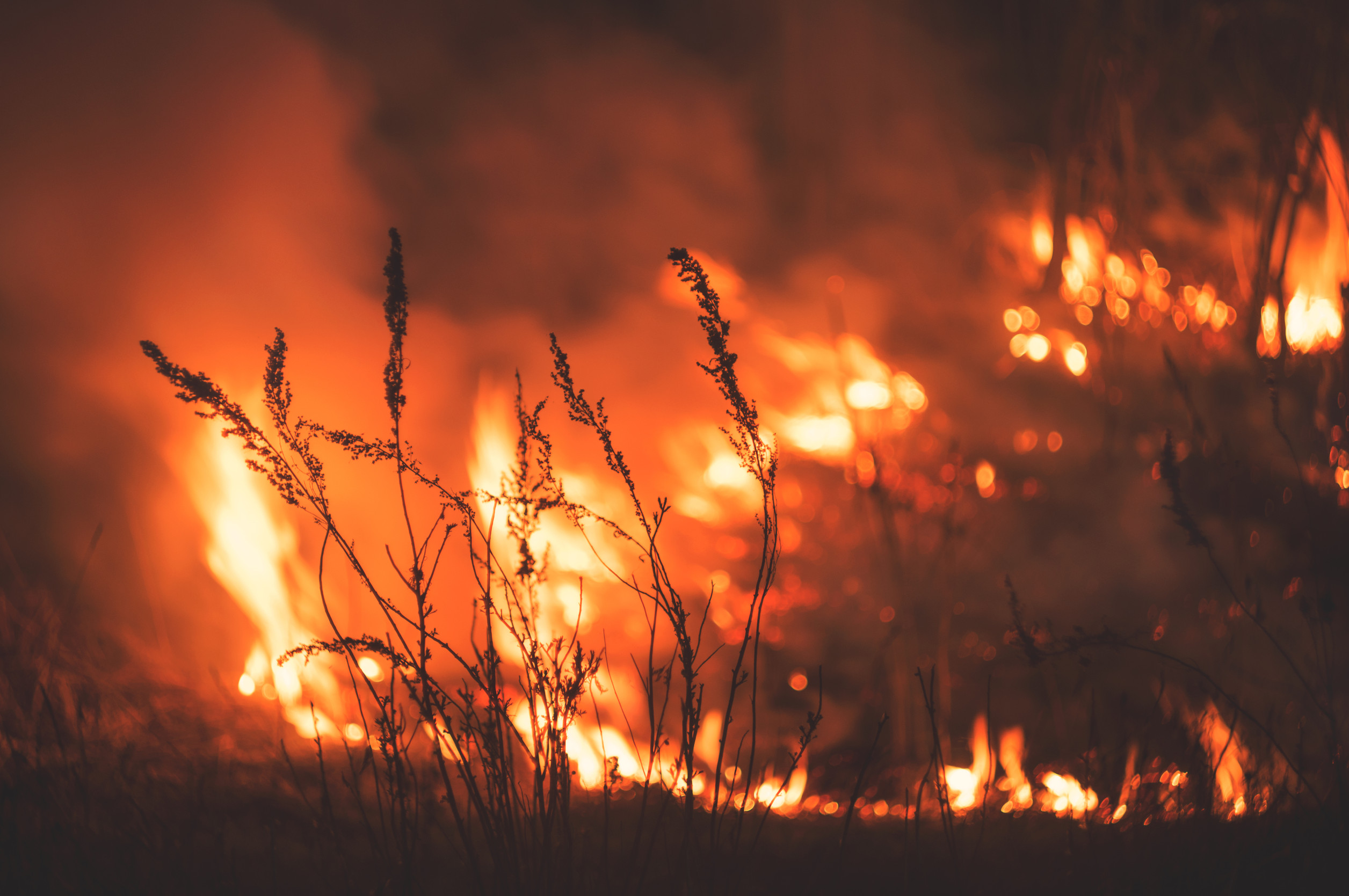
Image Source: 123rf.com
The year 2025 has witnessed an unprecedented surge in severe weather events, fundamentally altering the landscape of the insurance industry. This article explores how extreme weather conditions are driving up premiums, causing record losses, and reshaping market dynamics. It examines the adjustments insurers are making to adapt to an era marked by uncertainty and environmental challenges. Read on to understand the profound impact of climate change on insurance practices.
Escalating Insurance Premiums
The increasing frequency and severity of natural disasters have forced insurers to raise property and casualty premiums, particularly in high-risk areas. Homeowners in states like Tennessee have seen significant premium hikes due to recent storms and tornadoes. These adjustments are a direct response to the escalating costs associated with higher claim volumes. Insurers are recalibrating risk models to better reflect the current climate realities. Consumers must now navigate a market where insurance is becoming an increasingly expensive necessity.
Record-Breaking Wildfire Losses

Image Source: 123rf.com
Recent wildfires, particularly in Southern California, have led to record-breaking insured losses that exceed previous historical benchmarks. The devastation from these fires has strained insurers and forced a reevaluation of risk models. With losses projected to surpass $20 billion, the financial impact on the industry is immense. These events underscore the vulnerability of regions prone to wildfires and the need for improved preventive measures. The situation has sparked urgent discussions about better disaster management and policy structuring.
Increased Reinsurance Costs
Global reinsurers are now facing mounting losses as a result of climate change-induced disasters, driving up reinsurance costs. These increased costs are often passed down to consumers in the form of higher premiums. For example, the recent Los Angeles wildfires have had a noticeable impact on reinsurance rates. This ripple effect makes insurance less affordable for many policyholders. As a result, the overall landscape of insurance pricing is undergoing significant transformation.
Emergence of Insurance Deserts
In regions frequently affected by extreme weather, insurers are reassessing their willingness to provide coverage, leading to the emergence of so-called ‘insurance deserts.’ Homeowners in these high-risk areas may find it increasingly difficult to secure affordable coverage. This trend raises concerns about the accessibility of essential insurance for those most in need. The lack of available options can exacerbate the financial vulnerability of affected communities. Addressing this challenge requires coordinated efforts between regulators and insurers.
Regulatory Responses and Market Stabilization Efforts
In response to the volatile insurance landscape, lawmakers in various states are proposing measures to stabilize the market. Initiatives such as state-backed funds and regulatory reforms aim to keep insurance accessible and affordable. These efforts are designed to address the dual challenges of rising premiums and increasing claim volumes. Collaborative measures between the public and private sectors are essential for long-term market stability. Consumers and insurers alike are closely watching these regulatory developments for signs of relief.
The Weather Has Reshaped The Insurance Industry
The severe weather events of 2025 have reshaped the insurance industry in profound ways, from escalating premiums to the emergence of insurance deserts. As climate change continues to influence weather patterns, both insurers and consumers must adapt to a new financial reality. Proactive measures, improved risk assessments, and regulatory interventions are vital for navigating these changes. The evolving landscape calls for a reassessment of traditional insurance models.
How have recent weather challenges affected your insurance experience? Share your insights in the comments below!
Read More:
False Sense of Security: Why Relying Solely on a Fence Could Leave You Vulnerable
Think You’re Safe Without Flood Insurance? 7 Dangerous Lies Insurance Companies Tell

Latrice is a dedicated professional with a rich background in social work, complemented by an Associate Degree in the field. Her journey has been uniquely shaped by the rewarding experience of being a stay-at-home mom to her two children, aged 13 and 5. This role has not only been a testament to her commitment to family but has also provided her with invaluable life lessons and insights.
As a mother, Latrice has embraced the opportunity to educate her children on essential life skills, with a special focus on financial literacy, the nuances of life, and the importance of inner peace.
Leave a Reply